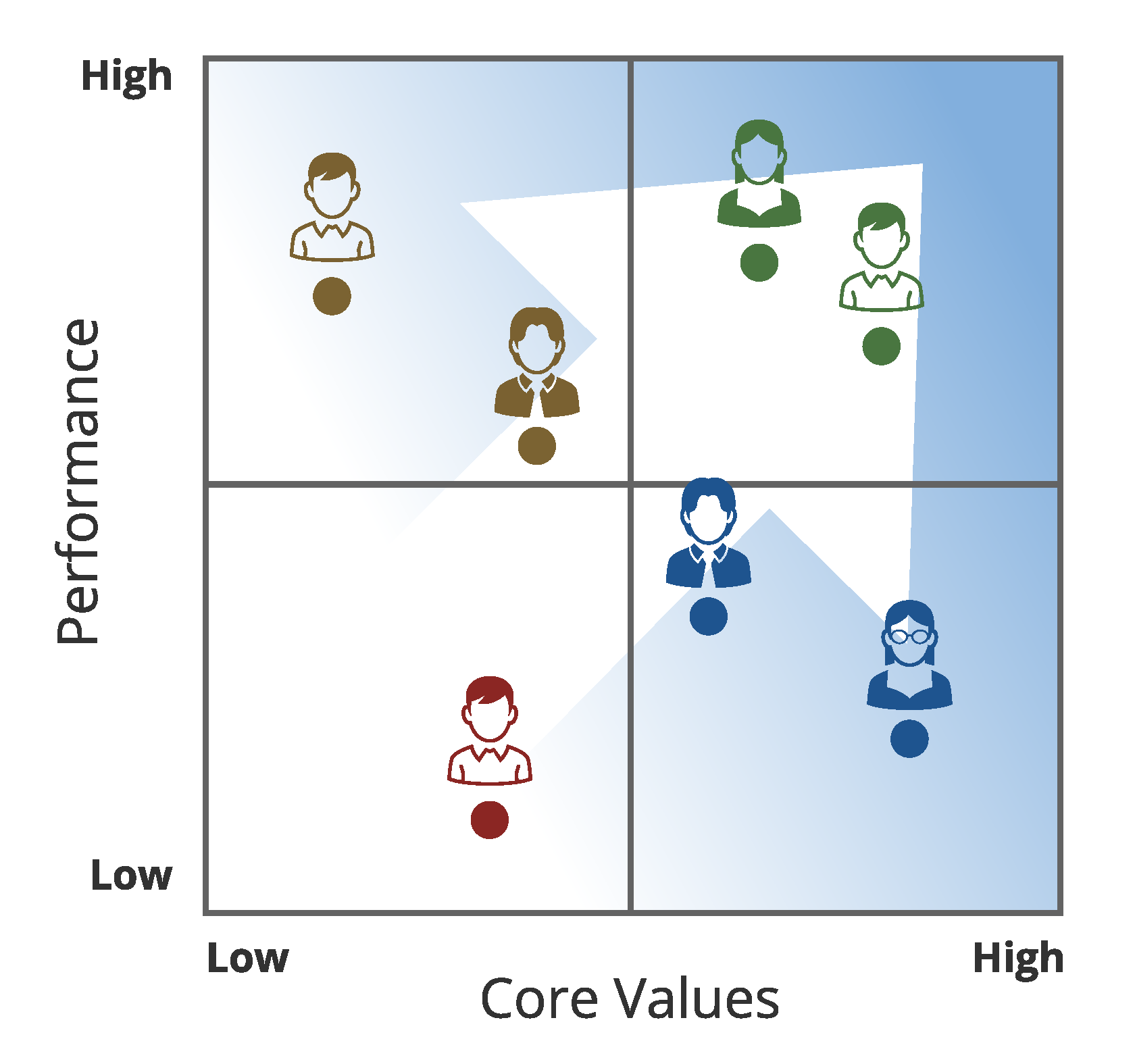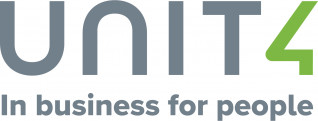Interpreting the Province’s Covid-19 Safety Zones
Everyone is becoming more familiar with the Ontario government’s colour-coded system to illustrate the level of restrictions being implemented in each region’s public health unit to limit the spread of Covid-19.
The province and public health units are doing a great job providing guidance, communication, and online resources to understand these requirements. However, it can still be confusing to navigate as each health unit independently moves its region through different restriction levels and in some cases adds additional requirements beyond the baseline measures established at the provincial level. This is creating a changing landscape of restrictions which will vary based upon industry and/or location.
In the case of municipalities with community centres, recreation facilities and arenas, additional distancing, safety plan and hygiene measures are required. And in some instances, a regional health unit may issue additional ‘recommendations’ that are not otherwise required in equivalent safety zones but are urged to promote safety. For example, some health units are now recommending that municipalities introduce measures to prevent attendance by organizations and persons from areas with higher rates of COVID-19 transmission than their own region. For example, the Peterborough Public Health unit (currently a Yellow Zone) has issued such an advisory to municipalities in its region urging such a restriction on organizations booking facilities from outside their Zone (this would cover anyone looking to book a facility who is coming from a Zone currently designated by public Health authorities as Orange, Red or Grey).
A common requirement for employers in Yellow or higher levels of restriction is the implementation of a “Safety Plan”. While it is only required if your organization fits into a specific category (namely, restaurants, bars and food or drink establishments, sports and recreational facilities, meeting and event spaces, retail businesses located in malls, personal care services, gaming establishments, cinemas and performing arts facilities), we have already seen this requirement expanded in some regions.
For example, if your organization isn’t within one of the above categories, a Safety Plan is not strictly required, however some public health units (such as Durham Region) have required Safety Plans for all retailers in their Red Zone, not just those within shopping malls. This is a higher standard than the provincial baseline but one that employers must remain informed about. Of course if your region enters a Grey (Lockdown) Zone you must have a Safety Plan in place regardless of sector.
For these reasons, you may want to draft a Safety Plan even if your organization does not require one at this point in time. While health authorities always try to give advance warning, sometimes the rapid development of a region’s transmission rate or transmission pattern requires action with very little notice. A downloadable Safety Plan template is available here: https://www.ontario.ca/page/develop-your-covid-19-workplace-safety-plan.
While the recent arrival of vaccines brings hope, the road to safe recovery still remains long. In the meantime, we are all well advised to follow the Scout’s motto. Be prepared.
Not sure if your Municipality is Protected?
We look after your Policy Manual, Employment Agreements, government-mandated compliance training and more. We have you covered – we are Your HR Department. SHRP provides full-service Human Resources support including Job Evaluation and Pay Equity planning in addition to best-in-class HR solutions and management consulting services on a project, or ongoing basis.
Contact us anytime.
Matthew Savino, B.A., LL.B., C.H.R.E.
Managing Partner & Senior Consultant
SHRP LIMITED
925-550 Skyway Drive (Airport Road)
Peterborough, Ontario K9J 0E7
705-400-7145
www.savinohrp.ca | www.hrlive.ca











